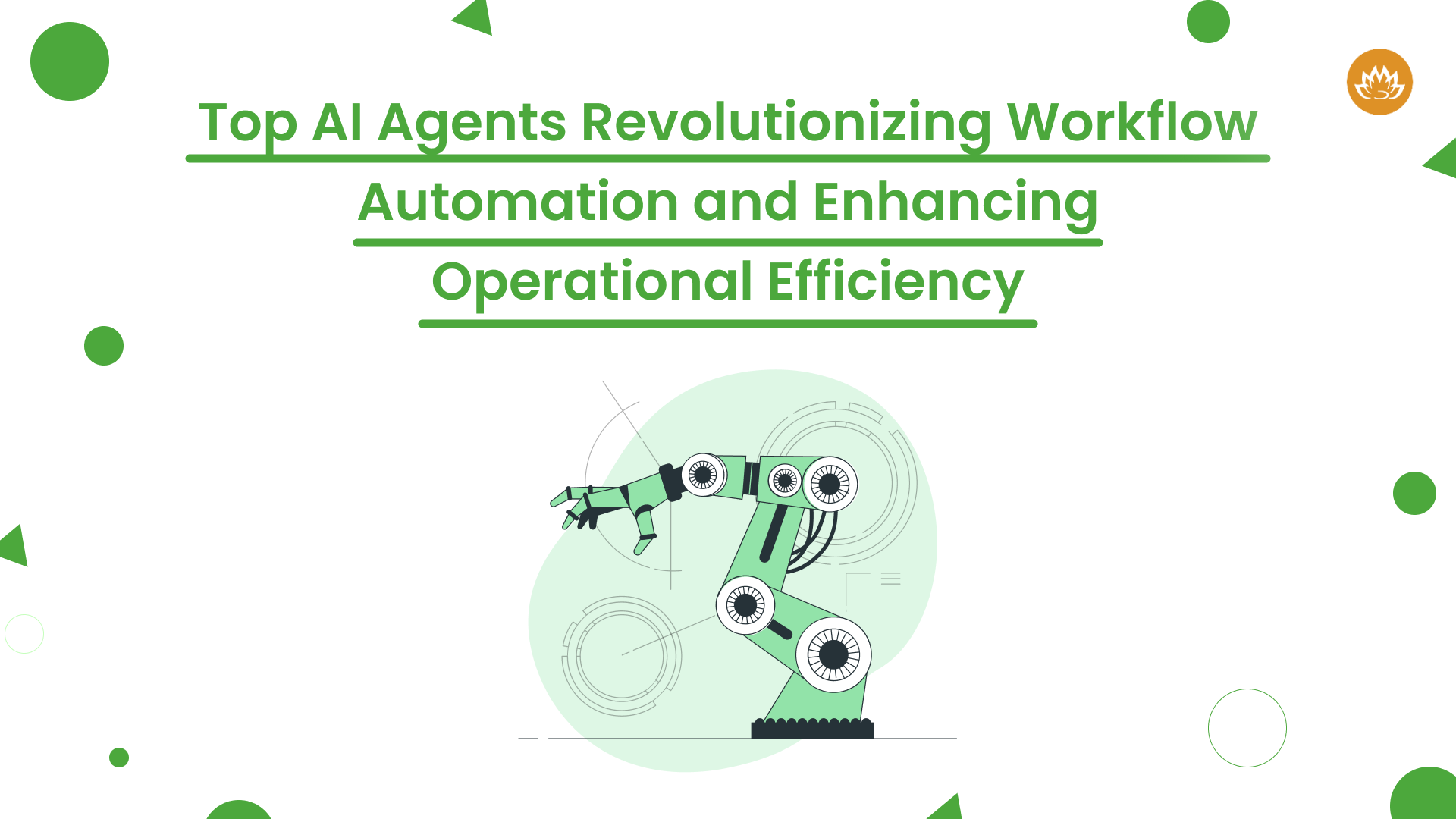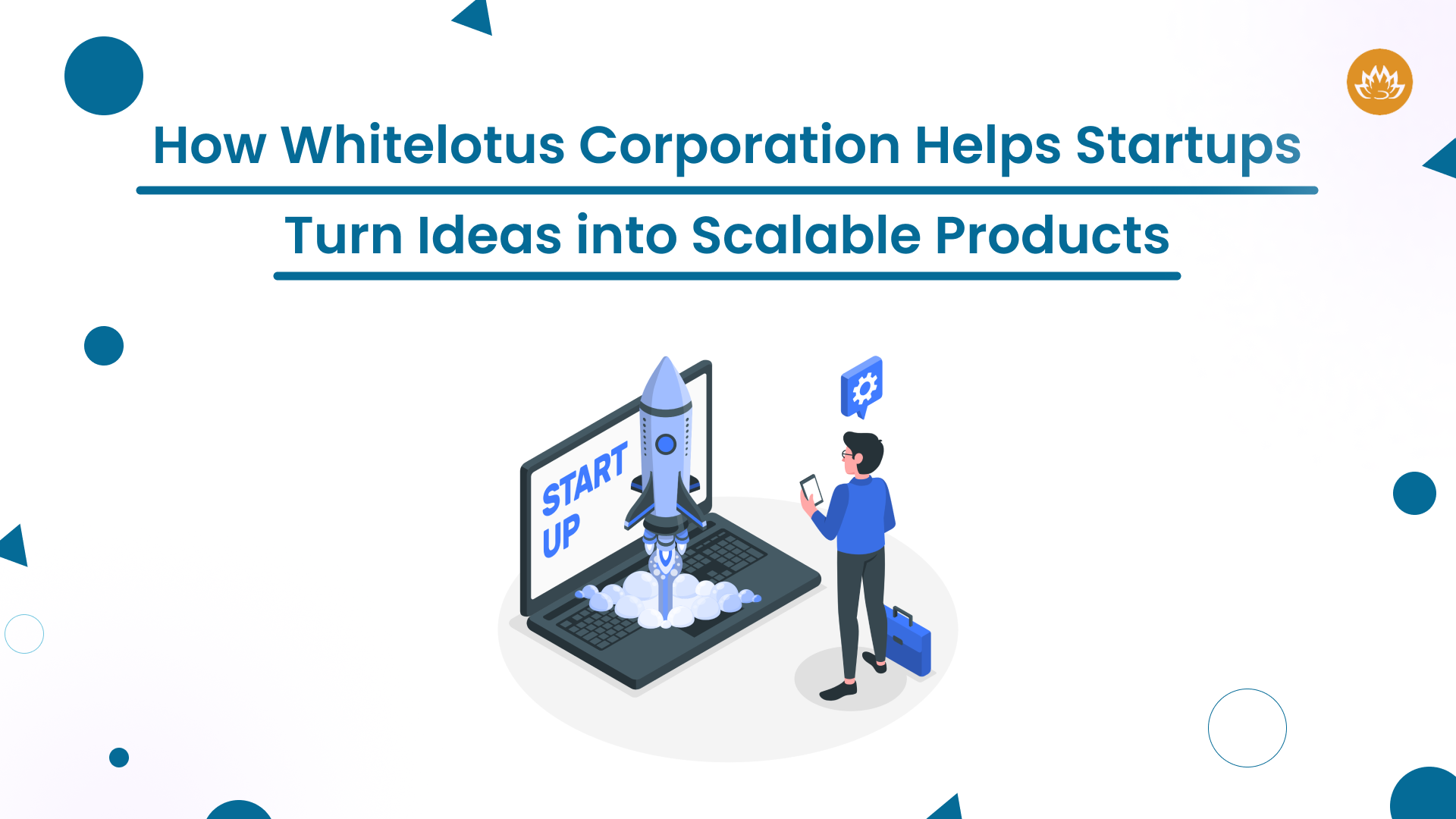What are AI Agents? How Do They Work?
Phases Of AI Agents: A Continuous Process

Perception and Processing of Data
Making and carrying out decisions
Adaptive Learning and Continuous Improvement
Multi-Agent Collaboration
Top AI Agents For Workflow Automation and Enhancement of Operational Efficiency

Key Components: Sensors, Actuators, No Memory, Condition-Action Rules
Use Cases: Thermostats, General Security Systems, Automated Lighting, and Spam Filters
Goal-Based Agents
Key Components: Finding Goals, Planning, Decision-Making Process, and Feedback Mechanism
Use Cases: Route optimization, Automated Recruiting, Resource Allocation, and Workflow Management
Model-Based Reflex Agents
Key Components: Internal Model, State Tracking, Sensors & Actuators, Short-Term Memory
Use Cases: Smart Home Thermostats, Predictive Maintenance, Context-Aware Chatbots, and Adaptive Traffic Signals.
Utility-Based Agents
Key Components: Utility Function, Adaptive Logic, Trade-off Analysis, and Performance Monitoring
Learning Agents
Key Components: Learning Element, Performance Element, Critic, Problem Generator
Use Cases: Fraud Detection, Voice Assistants, Personalized E-learning, Predictive Analytics
Multi-Agent Systems
Key Components: Collaboration mechanisms, Specialized Agents, Communication Protocols, and Conflict Resolution
Use Cases: Smart Power Grids, Supply Chain Coordination, Autonomous Fleet Management, and Distributed Robotics
Proactive Agents
Key Components: Predictive Analysis, Context Awareness, Preemptive Action, Self-Improvement
Use Cases: Smart scheduling tools, Maintenance alerts, Marketing Campaigns, and Customer Retention
Building AI Agents with Whitelotus Corporation
Author

Kirtan is CEO of Whitelotus Corporation, an emerging tech agency aimed to empower startups and enterprises around the world by its digital software solutions such as mobile and web applications. As a CEO, he plays key role in business development by bringing innovation through latest technical service offering, creating various strategic partnerships, and help build company's global reputation by delivering excellence to customers.
View all posts













